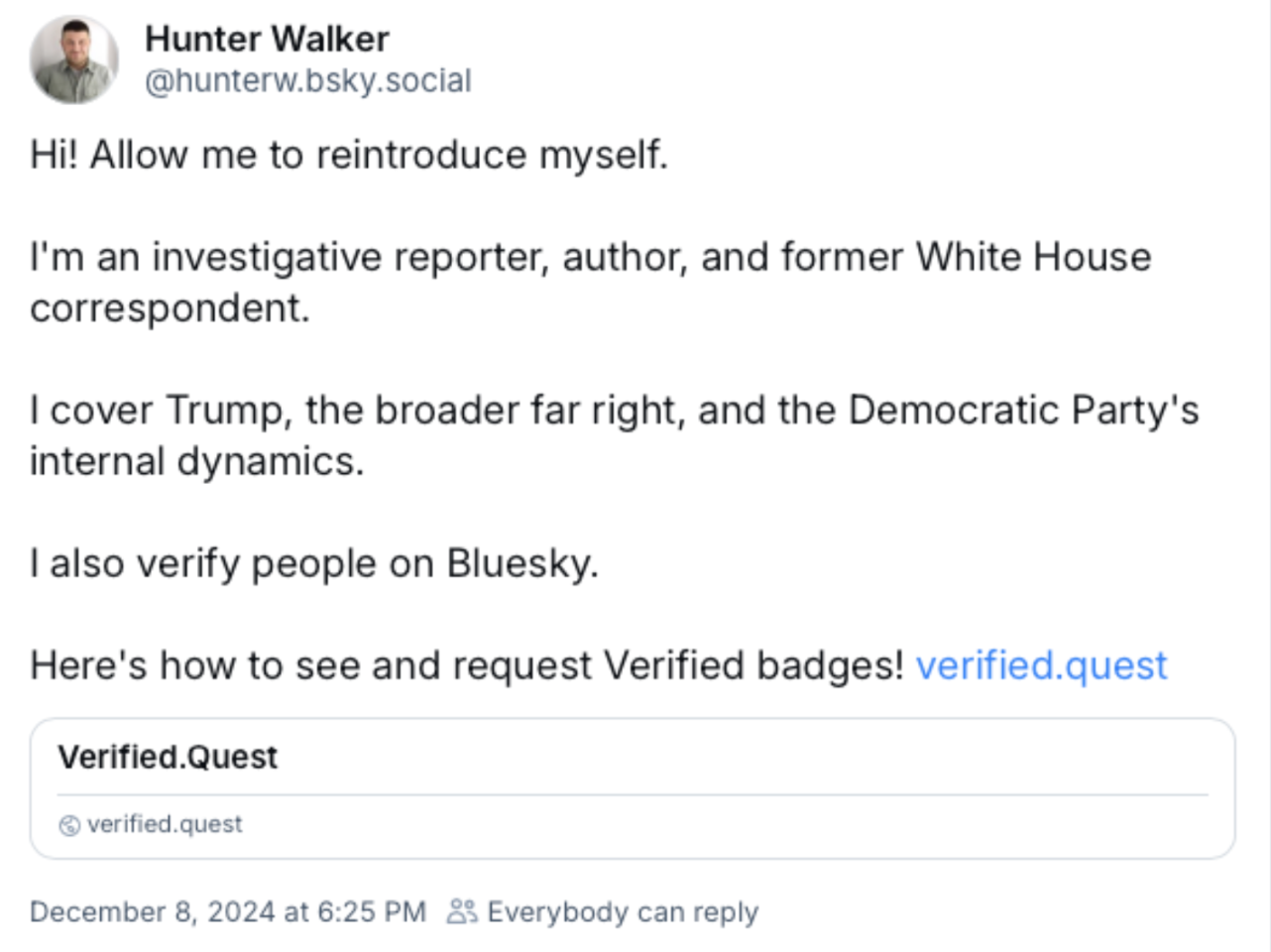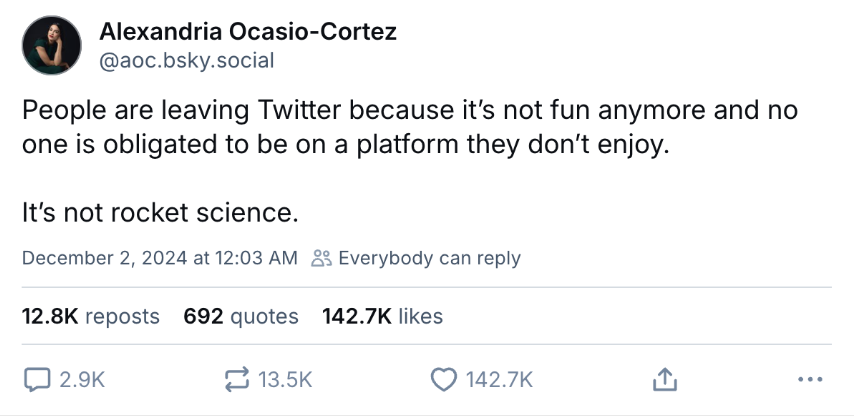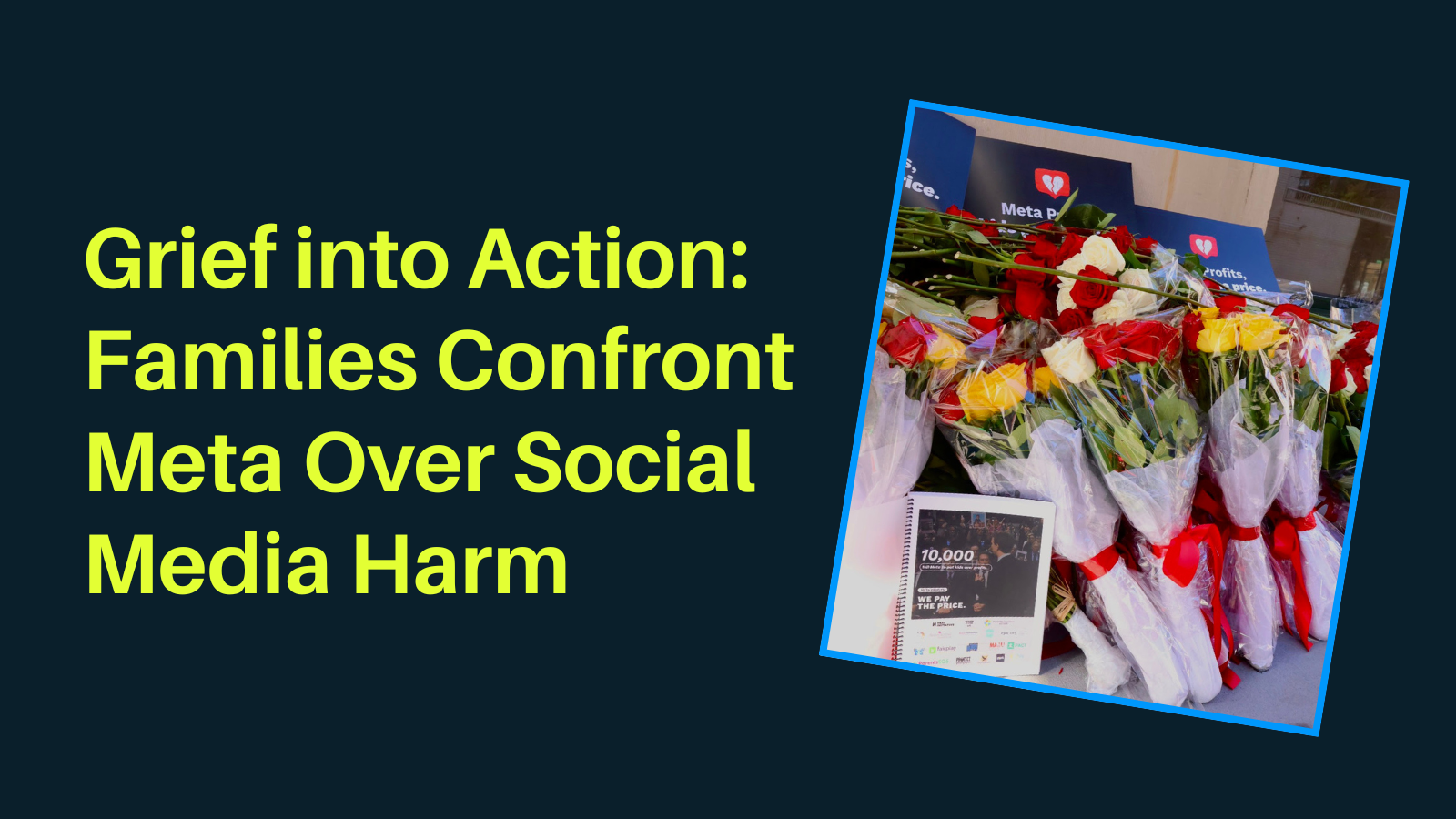Since acquiring Twitter in October 2022, Elon Musk has led a race to the bottom for social media platforms. Through a combination of bombastic rhetoric, sweeping and indiscriminate cuts to staffing, and half-baked ideas (e.g. a new Twitter verification system rolled out, delayed, and revoked multiple times within one week), Musk eroded the implicit obligation platforms felt to set and enforce content standards, limit the spread of harmful disinformation and foreign interference, and, perhaps most importantly, provide a user-centric experience for people to enjoy.
Musk’s decisions were felt far beyond Twitter, though. His decision to slash 80% of the workforce set up Mark Zuckerberg to call 2023 the ‘year of efficiency’ — proceeding to cut 25% of Meta’s workforce, including trust and safety teams and content moderators over the course of 11 months. Meta shuttered its transparency tool, CrowdTangle, deprioritized content deemed to be political, and unleashed new features using generative AI without proper oversight and testing. YouTube and TikTok quietly followed Musk’s loosening or elimination of safeguards on Twitter by reducing election monitoring and opening the door to election disinformation, and allowing paid ads to run with disinformation.
But the race to the bottom may finally be turning around and for good reason: fresh competition. After Election Day, the new social media platform, Bluesky, saw nearly 10 million new users within one month, now having surpassed 25 million users. More important than the quantity of users is the quality. The final frontier of users needed to make a ‘new’ Twitter work – news outlets, journalists, and elected officials – began using Bluesky in earnest and are seeing the type of engagement reminiscent of the glory days of Twitter. New York Times tech reporter Ryan Mac noted that a busy global news cycle showed that the appetite exists for what Twitter once was, and Bluesky might just be taking the mantle:

Has the two year decline of all social media standards come to an end? Only time will tell, but early signals are positive.
User Experience Still Matters
Bluesky, conveniently, looks and feels like Twitter did, making it easy for news junkies to adapt to it. But it has several exciting features that Twitter never had or has eroded that may give it longevity.
First, Bluesky was built using open source design principles, allowing users to create or join a unique domain, something Taylor Swift fans took advantage of in setting up a “swifties.social” domain that currently has more than 13,000 members. Bluesky also allows users to take their data with them if they choose to leave the platform one day, something only fediverse platforms (such as Mastodon) currently allow.
Bluesky offers even more user empowerment though by allowing users to format their own feeds and even populate a new feed quickly from scratch by subscribing to a ‘follower pack’ – a kind of starter kit that anyone can organize and offer to other users. Bluesky lets you link to news articles without downranking your content and even watch YouTube videos in the app, two things that should not be remarkable whatsoever and yet are huge selling points of the app in comparison to Twitter/X. Journalist Hunter Walker is independently leading a verification process.

Last week, Representative Alexandria Ocasio Cortez hit one million followers on Bluesky – the first account to do so, and former Twitter power user southpaw remarked his follower count on Bluesky had surpassed that of Twitter.

Competition Matters
Tellingly, Threads announced it would offer more personalized feeds on November 15 and had fully rolled them out to all users just 5 days later – a speed unheard of for a behemoth, Meta-owned platform. However, as Bluesky CEO Jay Garber responded, “Meta is only letting you have a slice of control over what you see because Bluesky is here building for you.”

Last week, Adam Mosseri shared that Threads would provide increased visibility into post performance. This is especially striking as they have stripped away all transparency on other platforms by eliminating Crowdtangle and limiting performance metrics for creators. This is all on top of tweaking their algorithm to show users more posts from accounts they follow. All of these changes were announced and rolled out in just three weeks, and all after Election Day. It’s safe to assume Meta is feeling threatened by Bluesky.
Bluesky, but Still Cloudy
Let’s be clear, Bluesky is far from perfect. 404 Media reported that users were scraping the app for data, including one dataset with almost 300 million non-anonymized posts. CEO Jay Garber hasn’t ruled out paid ads or a subscription model to eventually generate revenue. Some users are having a tough time being verified, and while accounts can be blocked or muted, Bluesky currently does not support locked or private accounts. These are kinks that will need to be worked out and with time they should be as the Bluesky team continues to grow.
What cannot be replicated is the fun users are having on the site. We’ve been stuck in a social media hellscape for so long that many of us forgot that browsing Twitter or Instagram used to be enjoyable. As AOC said: “People are leaving Twitter because it’s not fun anymore and no one is obligated to be on a platform they don’t enjoy. It’s not rocket science.” Someone should tell Elon Musk.









